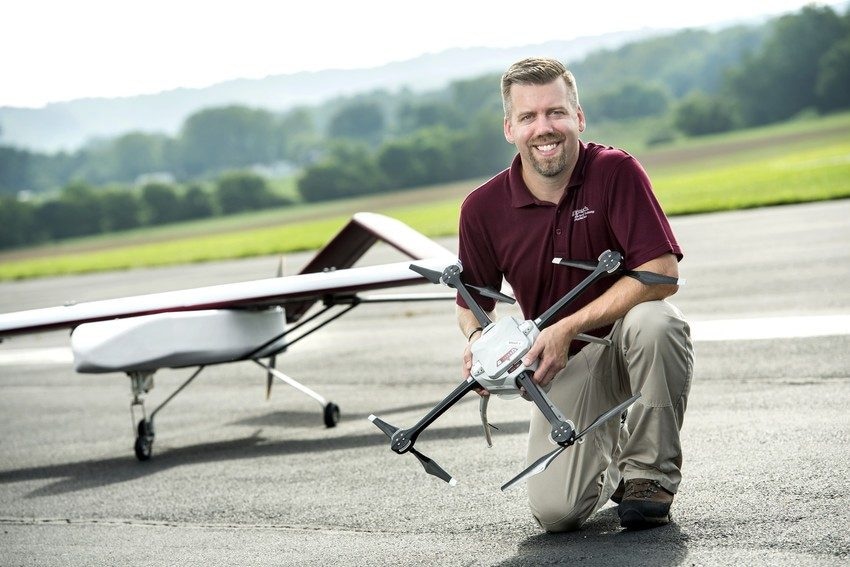Oct 26 2017
A pilot program announced today by President Trump to allow local governments to work with federal agencies to regulate unmanned aircraft operations represents a new framework for integrating advanced applications of this technology, according to a Virginia Tech expert.
 Mark Blanks (Credit: Virginia Tech)
Mark Blanks (Credit: Virginia Tech)
The presidential memo directs the Department of Transportation to create partnerships with state and local governments in collaboration with the private sector. These partnerships would have more flexibility to determine what types of operations would be permitted at low altitudes in their jurisdictions –– although the FAA would retain final safety oversight.
The initiative opens the door for expanded drone operations, including sought-after permissions for operations over people and beyond the visual line of sight, in certain areas, explains Mark Blanks, the director of the Virginia Tech Mid-Atlantic Aviation Partnership.
The program will run for three years and include at least five partnerships between state, local, or tribal governments and other public or private organizations.
Quoting Mark Blanks
“Some communities are very open to embracing unmanned technology for the value it can offer to our everyday lives. Those communities could become incubators through this pilot program for the next generation of drone applications — things like food delivery and traffic management.”
“There are two things we want to avoid. One is ending up with a varying patchwork of rules and regulations across the country. The other is seeing decisions made solely on the basis of concerns about privacy and security. Those are legitimate concerns, but they need to be weighed against the enhanced safety and economic value drones offer. Ultimately, it’s going to be critical that these partnerships are guided by the ongoing research about how to integrate unmanned aircraft safely and effectively.”
“This pilot program reflects the unique nature of regulating unmanned aircraft versus manned aviation. There are more of them, they fly at much lower altitudes, and, for applications like package delivery, people interact with them directly. Different communities will react to this exposure differently, and this program will help us understand how state and local governments assist in safe, thoughtful integration of UAS.”